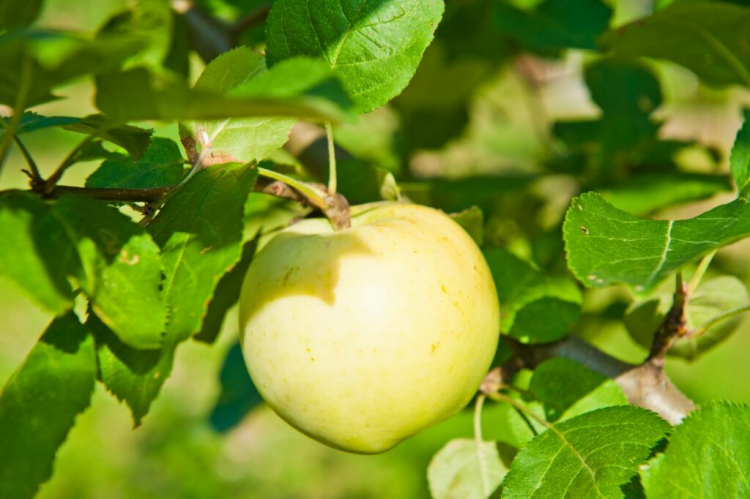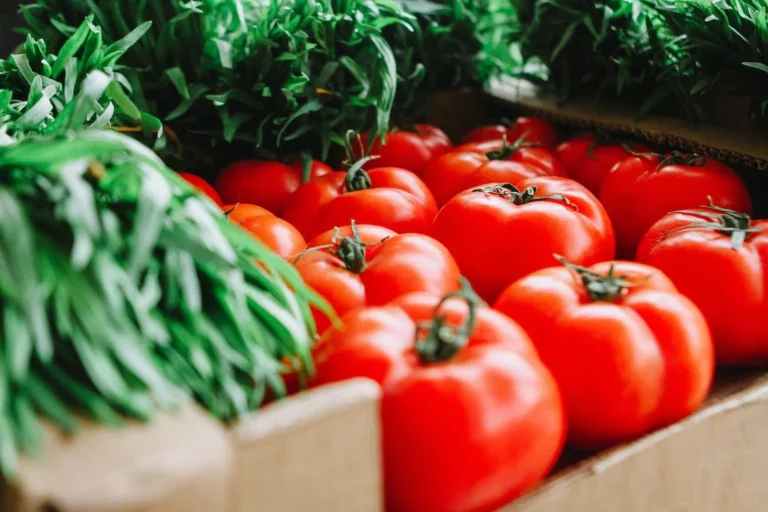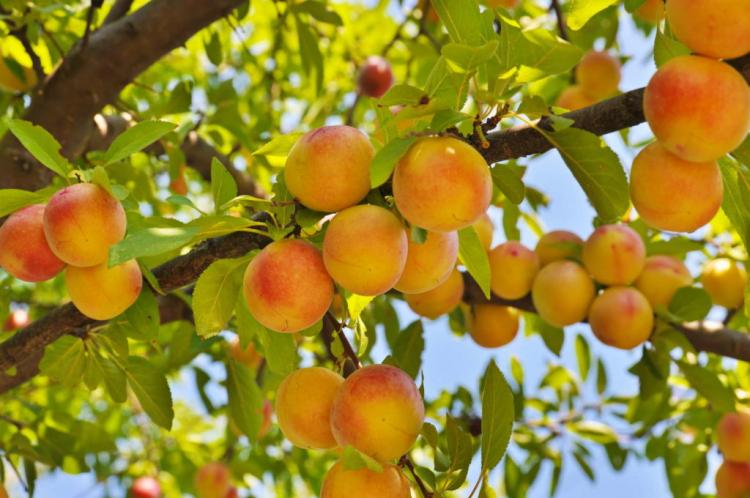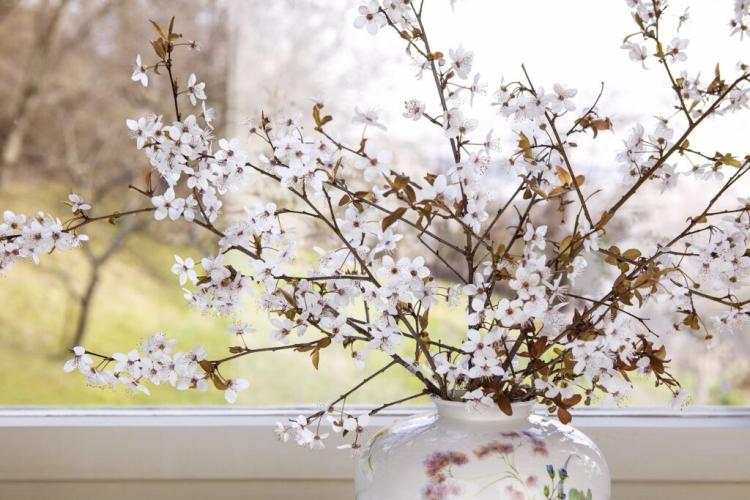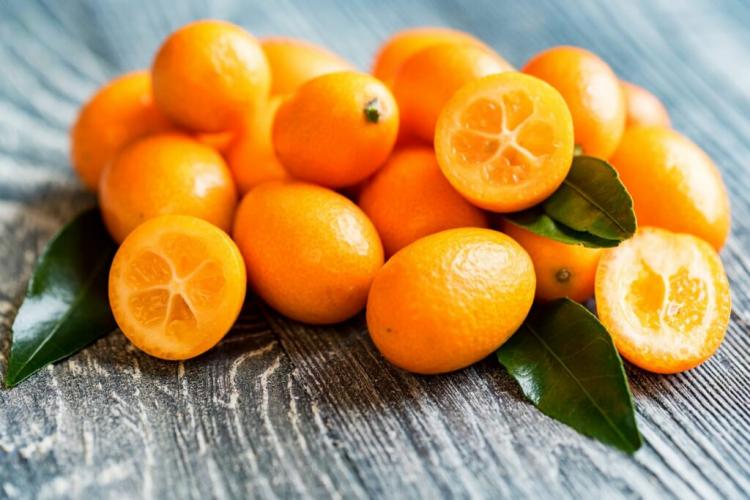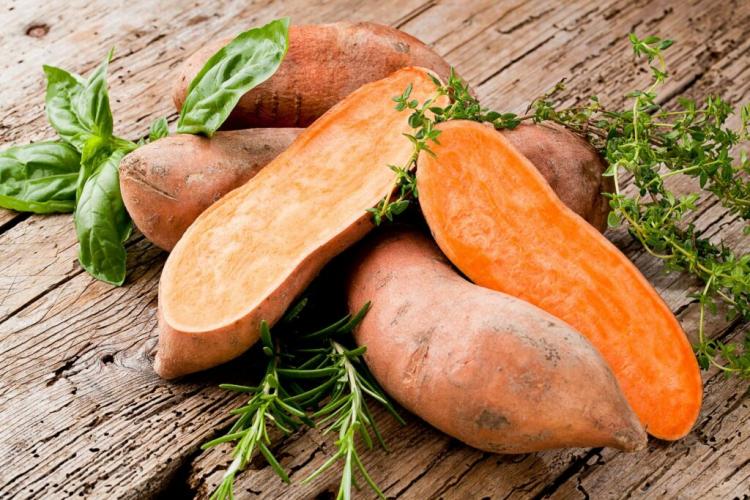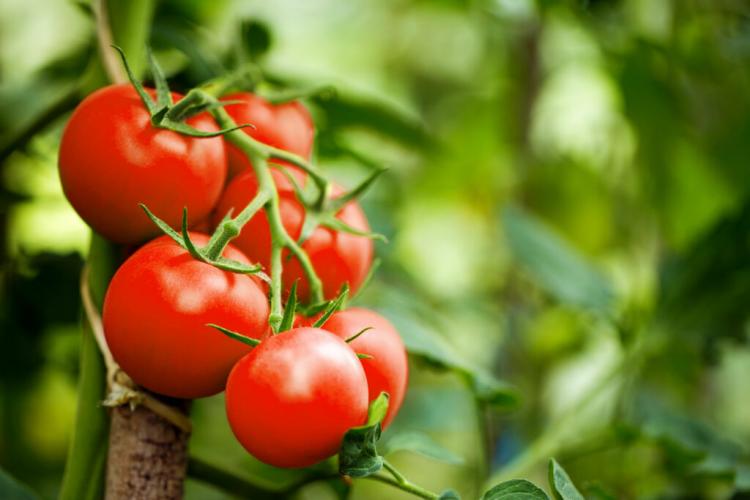Winter Banana Apple: Everything About The Special Apple
The winter banana apple, of course, has little to do with the exotic fruit. But here we reveal what makes the apple variety special and how to grow the winter banana apple in the garden.
The winter banana apple ( Malus Domestica ) is also called the Flory of Winter Banana and is preferably used for delicious juices and musts. However, it can also be used as a table apple because of its good shelf life. The climate and location requirements are not exceptionally high and the variety is generally resistant to biotic and abiotic adversities. In combination with a weak rootstock, the result is a regular and well fruiting tree that requires little cutting effort. Therefore, the winter banana apple is an optimal variety for the home garden.
Winter banana apple: fact sheet
Table of Contents
| Synonyms | ‘Flory of Winter Banana’ |
| fruit | medium to large in size; yellow-green with light to cloudy orange covering color |
| taste | rather sweet |
| Yield | high and alternating; onset mid-late |
| Harvest time | Mid to late October |
| Ripe for enjoyment | since December |
| Shelf life | very good; storable until April |
| growth | strong; a lot of fruitwood |
| climate | medium demand; frost tolerant; Better aroma in warm locations |
| Diseases and pests | low susceptibility to apple scab and speck |
Origin and history of the apple
The origin of the winter banana apple is not clear: the variety probably came about by chance in the USA around 1870. However, the exact location is not known, or at least a well-kept secret. In Lower Austria, the winter banana apple is still occasionally grown and is also found there in newer orchards because it also has good useful properties for professional cultivation.
Taste and properties of the winter banana apple
The fruit of the ‘winter banana apple’ variety is medium to large in size. The shape can range from slightly conical to flattened spherical. The largest diameter is always found on the stem side (“steep-bellied”). Sometimes the halves are differently pronounced and it is not uncommon to find a rust seam that stretches from the stem to the calyx pit.
The skin is yellow-green, the surface color light to cloudy orange and not very shiny. Sometimes it is decorated with net-like rust patterns, which are often only found sporadically and not all over the fruit. The flesh is yellowish-white, firm, and neither very juicy nor excessively sour or aromatic, but rather sweet. Winter banana apples from cool growing locations have less flavor than those from warm locations.
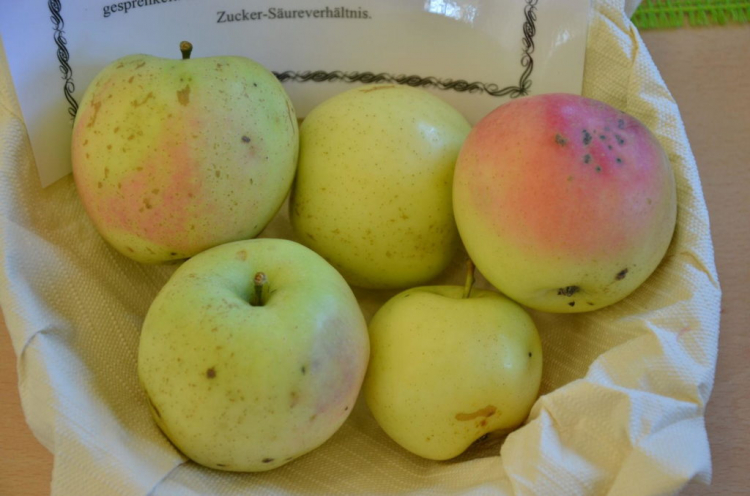
Special features in cultivation
The ‘winter banana apple’ variety has strong growth and forms a broad pyramidal crown on its own root. It naturally sets a sufficient amount of fruitwood so that it can be cultivated as an orchard tree. Depending on the substrate, the variety can be brought into any shape. If the winter banana apple is cultivated on a weak base such as M26 or M9, it can be shaped into a slender spindle or as a trellis fruit – but here a connection is necessary. If you want a stronger and more stable tree or a bush tree in your garden, you can choose M7, M4, or MM 106 as a base.
The pruning effort on the winter banana apple is low, especially when using weak rootstocks: the crown should occasionally be thinned out, and shoots that are too steep are diverted or tied down for alternatives that grow at an angle. However, on thicker rootstocks, make sure that the winter banana apple is cut carefully, but annually.
The blossom of the winter banana apple is not very sensitive to frost and also takes place late in spring. It is a good pollen donor and can be fertilized by other late varieties such as ‘Fuji’, ‘Gala’, ‘Gloster’ or ‘Elstar’.
The winter banana apple has moderate demands on the climate and the soil, which is why it is well suited for most normal home gardens. Its natural health contributes to a large extent to this suitability, even if there is a low susceptibility to apple scab infections and specks, i.e. a physiological calcium deficiency.
Warm locations improve the aroma of the fruit, while frost locations are rather unsuitable: the winter banana apple can be damaged by wood frost.
You May Also Like Are Apple Fruits?
Harvest time and use of the apple variety ‘winter banana apple’
The delicious winter banana apples can be harvested between the middle and the end of October when they are ready for picking and are then – with good storage conditions – well suited for storage until April. If you want to enjoy the apple straight away, you have to wait until December to pick it. Even in the warehouse, the apples are only ready to be eaten between December and April. Basically, the winter banana apple can be used for any purpose, but classically it is primarily used as a table apple as well as for juicing and must.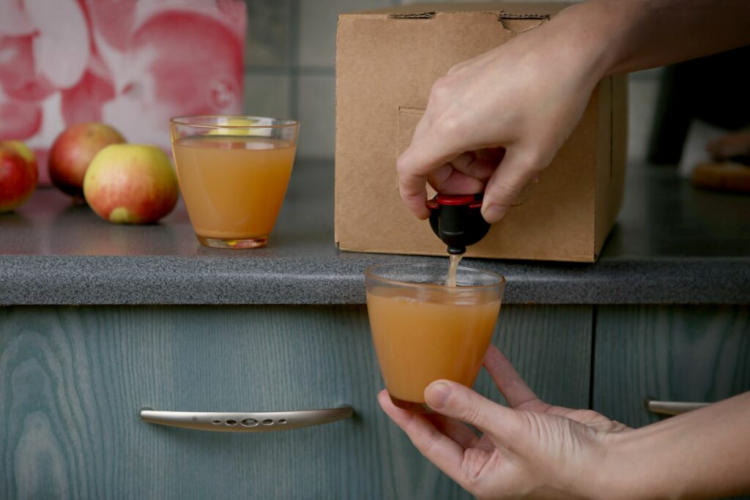
The fact that the winter banana apple sometimes grows with a thick and narrow half is usually due to pollination problems. In our article on apple tree blossom, you can find out everything you need to know about the blossom set and how to avoid frost damage.
You Might Also Like Is An Apple a Fruit?
